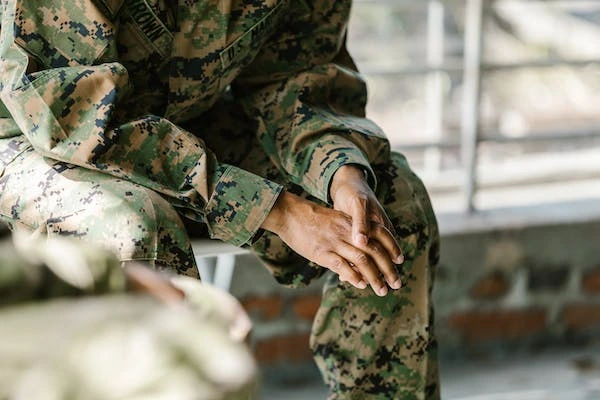The Burden of Pain Among Veterans
Veterans are at an increased risk of experiencing chronic pain compared to the general population. Several factors contribute to this, including:
1. Combat Injuries: Service members may sustain injuries during combat, leading to chronic pain conditions like musculoskeletal injuries, traumatic brain injuries (TBIs), and amputations.
2. Physical Demands: The rigorous physical demands of military service, including carrying heavy gear and enduring strenuous training, can lead to chronic pain and overuse injuries.
3. Post-Traumatic Stress: Post-traumatic stress disorder (PTSD) is prevalent among veterans and can exacerbate physical pain. The mind-body connection is powerful, and psychological distress can amplify physical discomfort.
4. Multiple Deployments: Service members who have experienced multiple deployments are more likely to develop chronic pain due to cumulative physical stress.
5. Transition to Civilian Life: The transition from military to civilian life can bring its own set of challenges, including navigating the healthcare system and accessing pain management resources.
Effective Pain Management Strategies
Addressing pain in veterans requires a comprehensive, multidisciplinary approach. Here are some key strategies for effective pain management:
1. Individualized Treatment Plans: Each veteran’s pain experience is unique. Tailor treatment plans to address their specific needs, considering the type and severity of pain, underlying conditions, and personal preferences.
2. Multimodal Approaches: Combine various therapies, such as physical therapy, medication management, psychological counseling, and complementary therapies like acupuncture and mindfulness, to provide comprehensive pain relief.
3. PTSD Management: For veterans with PTSD, addressing their mental health is crucial. Integrated care that addresses both physical and psychological pain is often the most effective approach.
4. Medication Management: Carefully manage pain medications to mitigate the risk of opioid dependence or misuse while ensuring adequate pain relief. Explore non-opioid options whenever possible.
5. Holistic Wellness: Encourage veterans to adopt healthy lifestyle practices, including nutrition, exercise, and sleep, to support overall well-being and reduce pain.
6. Peer Support: Peer support groups for veterans can provide a safe space to discuss pain-related issues, share coping strategies, and build a sense of community.
7. Access to Specialized Care: Ensure that veterans have access to specialized pain management clinics and providers experienced in working with military service members.
Pain management for veterans is a complex challenge that requires a compassionate and multidisciplinary approach. If you’re ready to take the first step towards effective pain management and improving your quality of life, don’t hesitate to contact us for an appointment. Dr. Stephen Wilson and our dedicated team are here to provide you with personalized care and innovative treatments. Your journey to a pain-free life starts here. Call us today at 586-563-3300 or click the button below to request an appointment.










